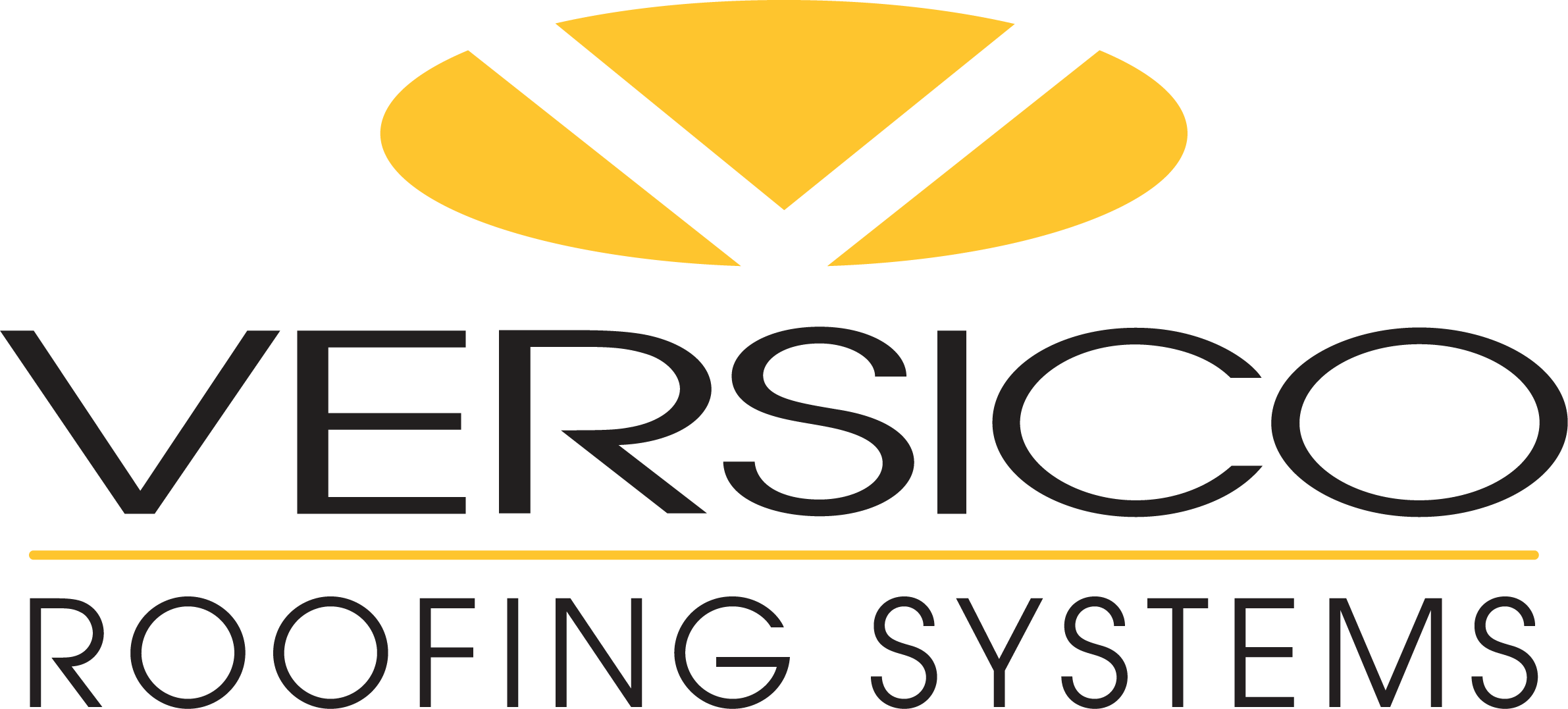TechNews: Welding PVC
Welding PVC
When it comes to welding VersiFlex™ PVC membrane, precision, and attention to detail are paramount. That's why we've outlined three critical steps to help you achieve impeccable results every time:
Ensure a successful membrane welding process by diligently cleaning aged or dirty membranes with appropriate cleaners, maintaining equipment regularly, inspecting silicone pressure wheels, and following specific guidelines for different membrane types. These practices minimize the chance of cold welds and contribute to a more effective installation. For detailed instructions, refer to Versico's PVC Welding Guide or reach out to your Field Service Representative for assistance. Pro tip: Make sure to allow plenty of time for the membrane cleaner to completely flash off and dry before welding.
Troubleshooting Tips
Versico’s Spec Supplement: Heat Welding Equipment T-01-23
VersiFlex PVC and KEE HP Welding Guide Brochure
VersiFlex PVC and KEE HP Welding Guide Brochure - Spanish
Versico VersiFlex PVC Best Practices Document
When it comes to welding VersiFlex™ PVC membrane, precision, and attention to detail are paramount. That's why we've outlined three critical steps to help you achieve impeccable results every time:
- Account for ambient conditions: Remember that ambient temperatures can significantly impact welding temperatures and speeds. Whether you're welding in the sun or shade, be mindful of these variations. Different substrates, such as polyiso insulation or concrete, can also affect heat retention. Understanding these factors will ensure optimal welding conditions.
- Master hand welding techniques: When hand welding, use a 2” silicone roller to roll across the hot seam at a 45° angle. This ensures proper fusion of the top membrane with the bottom membrane. Additionally, when welding across a step-off, promptly crease the top membrane into the step-off using the silicone roller to prevent water channel formation.
- Conduct regular test welds: Due to fluctuating ambient and membrane temperatures, it's essential to perform test welds multiple times daily. Simply cut a 1”-wide strip across the weld and peel to inspect the weld area. This proactive approach guarantees consistent quality throughout your welding process.
Ensure a successful membrane welding process by diligently cleaning aged or dirty membranes with appropriate cleaners, maintaining equipment regularly, inspecting silicone pressure wheels, and following specific guidelines for different membrane types. These practices minimize the chance of cold welds and contribute to a more effective installation. For detailed instructions, refer to Versico's PVC Welding Guide or reach out to your Field Service Representative for assistance. Pro tip: Make sure to allow plenty of time for the membrane cleaner to completely flash off and dry before welding.
Troubleshooting Tips
- Confirm Auto-Welder settings are correct
- Confirm power supply is sufficient for welder
- Confirm extension cords include adequate wire size for run length
- Confirm Auto-Welder weights are in place (2 weights minimum)
- Confirm membrane is not contaminated with dirt or moisture
- Confirm nozzle opening and air outlet holes are not damaged or obstructed
- Confirm air intake is unrestricted and free from debris
Versico’s Spec Supplement: Heat Welding Equipment T-01-23
VersiFlex PVC and KEE HP Welding Guide Brochure
VersiFlex PVC and KEE HP Welding Guide Brochure - Spanish
Versico VersiFlex PVC Best Practices Document
Up Next
February 22, 2024
TechNews: LIQUISEAL Liquid Flashing Tips
Liquid flashing is a great solution for irregularly shaped and hard-to-flash penetrations. However, it can also be difficult to apply if not done correctly. Here are some simple tips and guidelines to utilize when working with LIQUISEAL® Liquid Flashing.
January 25, 2024
TechNews: Preventing Roof Damage from Ice Melts, Moisture, and Air Infiltration
This post will focus on ways to avoid roof damage that can be caused by ice melts, moisture, and air infiltration.
December 28, 2023
TechNews: Wintertime Storage and Installation Tips
Here are some wintertime storage and installation tips for Versico’s adhesives, primers, and QA accessories.
